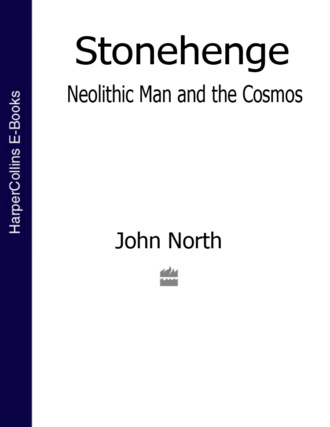Stonehenge: Neolithic Man and the Cosmos

Полная версия
Stonehenge: Neolithic Man and the Cosmos
Жанр: историческая литературагуманитарные и общественные наукисоциологиясерьезное чтениеоб истории серьезно
Язык: Английский
Год издания: 2019
Добавлена:
Настройки чтения
Размер шрифта
Высота строк
Поля
Конец ознакомительного фрагмента
Купить и скачать всю книгу
